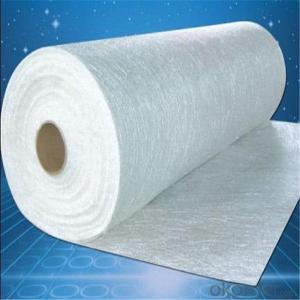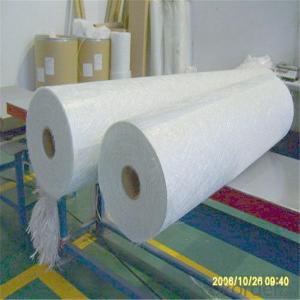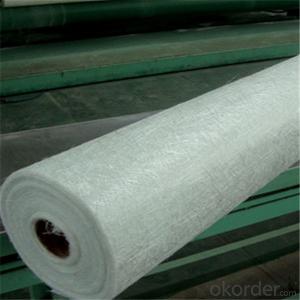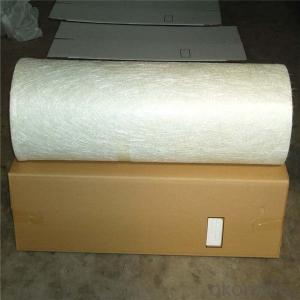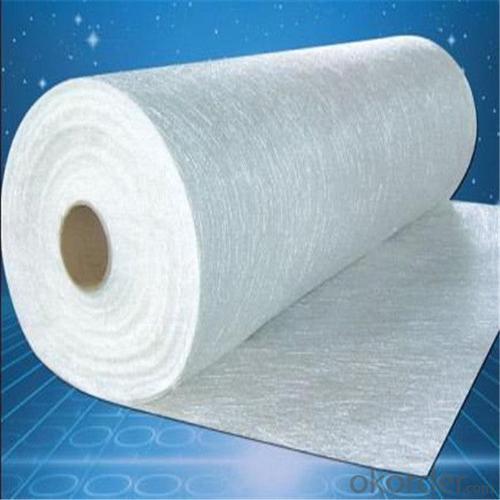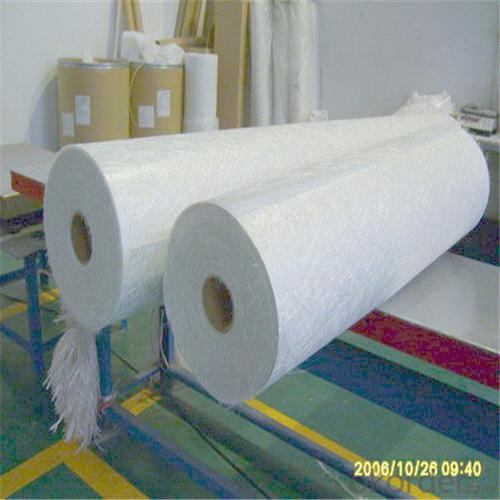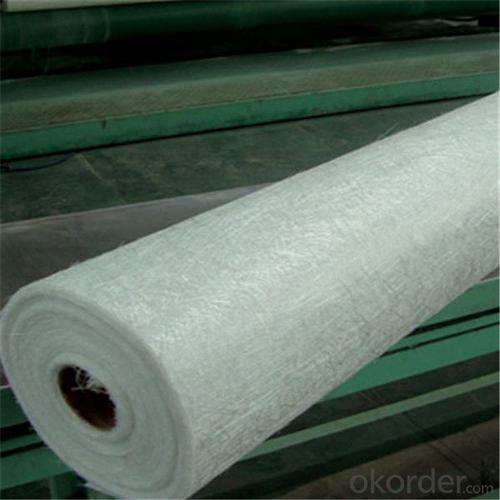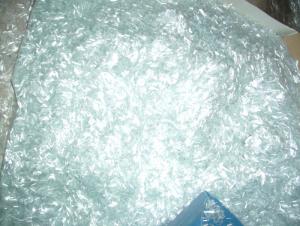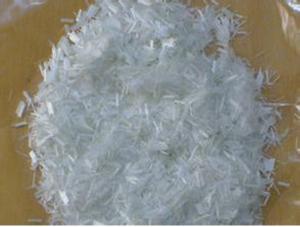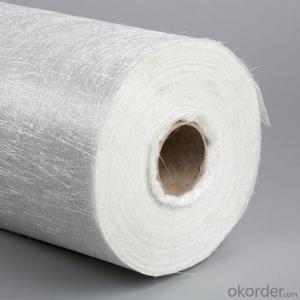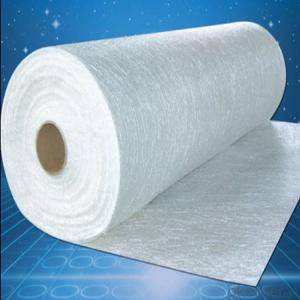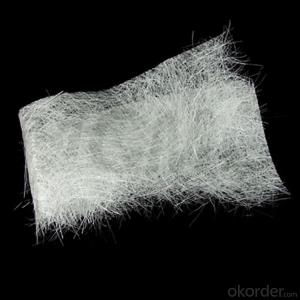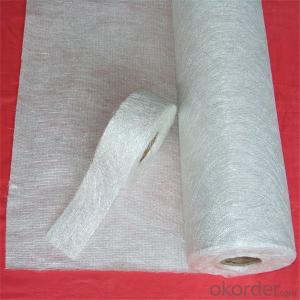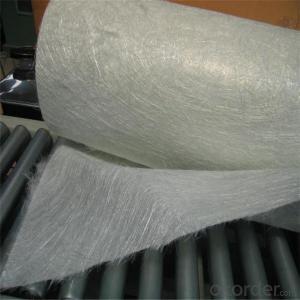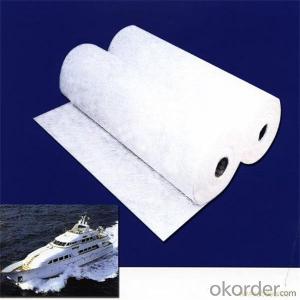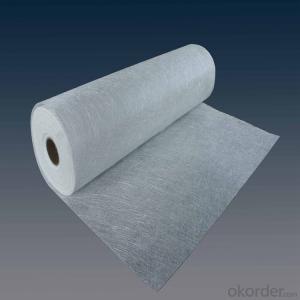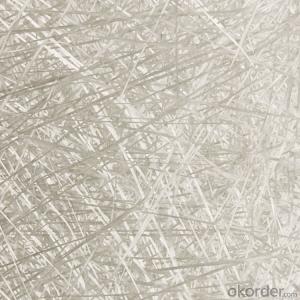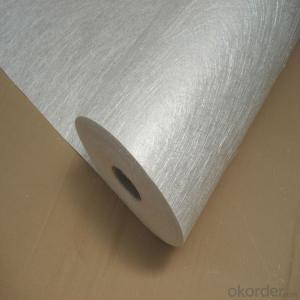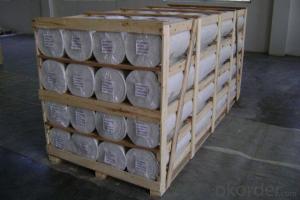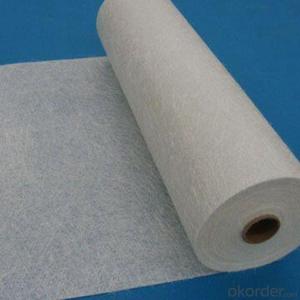Fiberglass Chopped Strand or Weave Mat for Boats - China Manufacturer
- Loading Port:
- Tianjin
- Payment Terms:
- TT OR LC
- Min Order Qty:
- 100 m.t.
- Supply Capability:
- 20000 m.t./month
OKorder Service Pledge
Quality Product, Order Online Tracking, Timely Delivery
OKorder Financial Service
Credit Rating, Credit Services, Credit Purchasing
You Might Also Like
Quick Details
| Technique: | Chopped Strand Fiberglass Mat (CSM) | Dimensions: | 450gsm | Mat Type: | Continuous Filament Mat |
| Fiberglass Type: | E-Glass | Softness: | softness | Place of Origin: | Jiangxi, China (Mainland) |
| Brand Name: | cnbm | Model Number: | 450gsm | color: | white |
| fiberglass type: | E glass | product: | e-glass powder chopped stand mats | binder: | powder or emulsion |
| width: | 1040 or 1270mm, as your requirement | weight: | 30 or 45kg/roll | paper tube diameter: | 90mm |
| outer diameter of roll: | 256mm | packing: | plastic film+carton box + pallet |
Packaging & Delivery
| Packaging Details: | plastic film+carton box + pallet |
| Delivery Detail: | 15-20days |
Specifications
1.e-glass powder chopped stand mats
2.binder:power or emulsion
3.width:1040mm or 1270mm
4.weight:450gsm
Picture
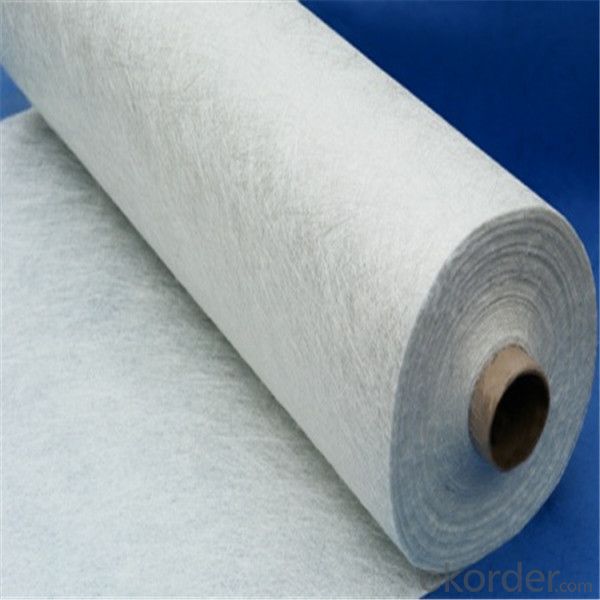
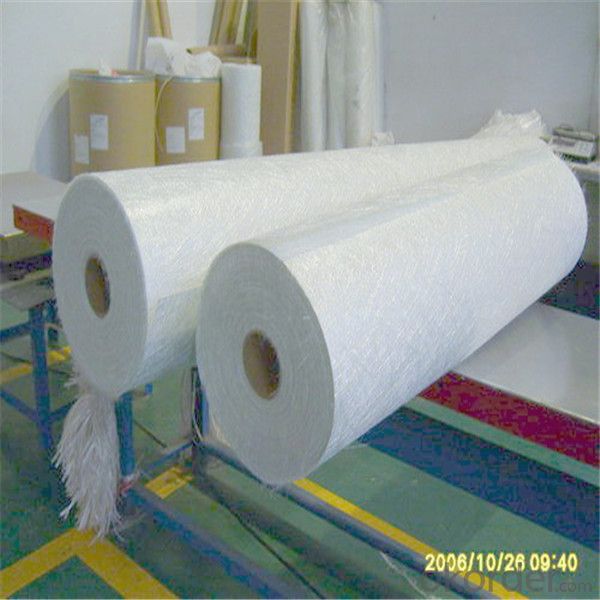
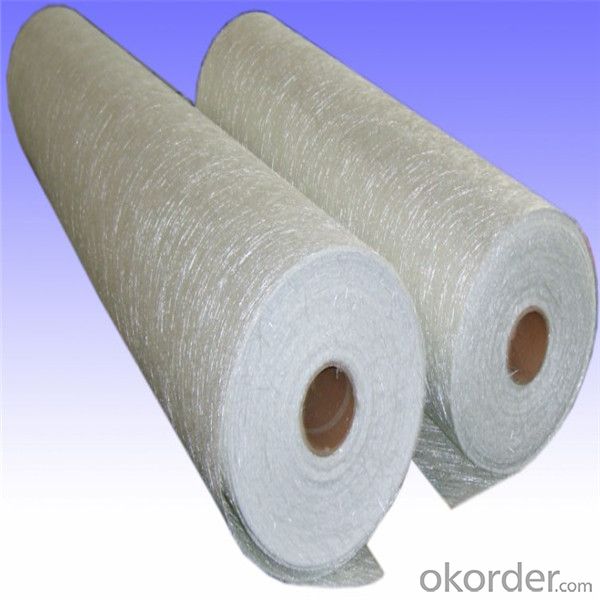
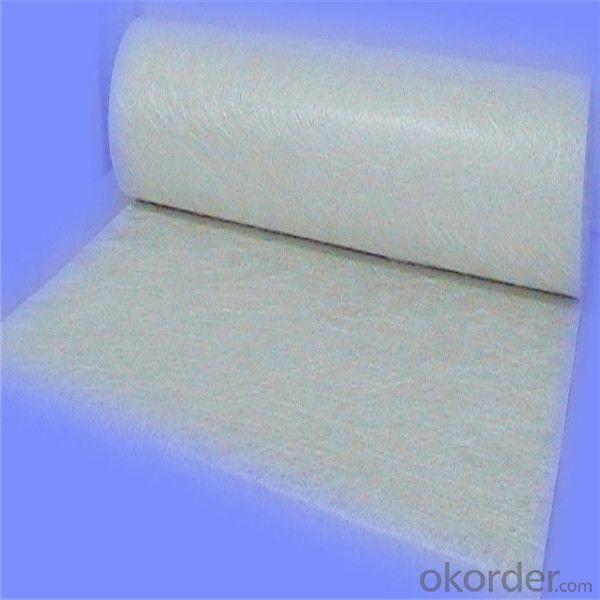
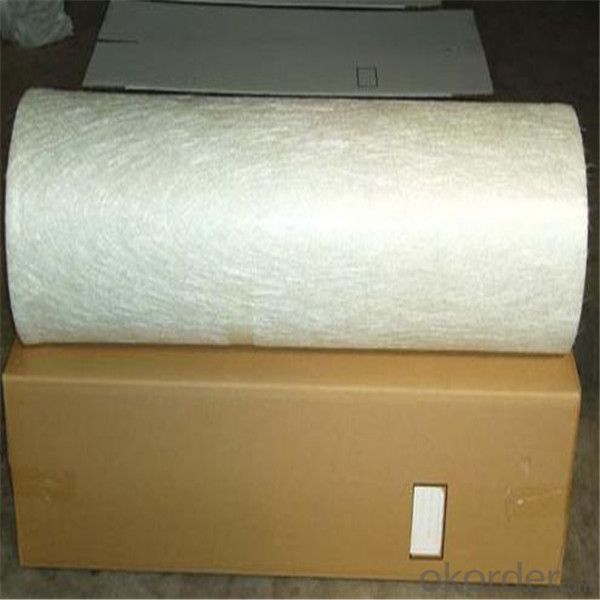
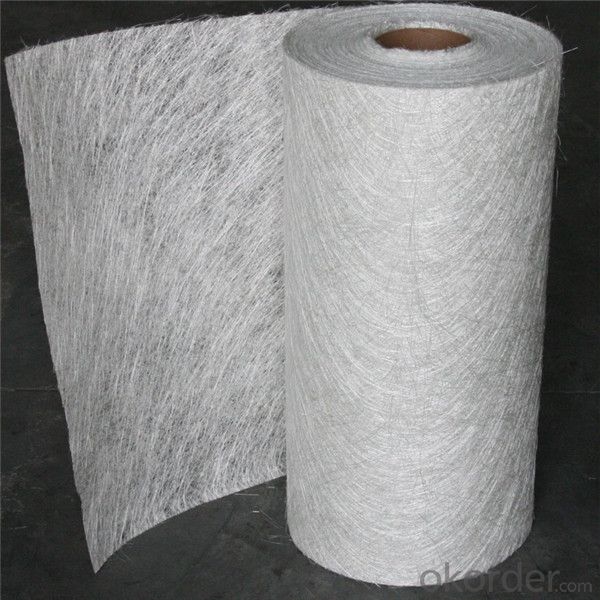
- Q: What are the typical fiber lengths available for fiberglass chopped strand?
- The typical fiber lengths available for fiberglass chopped strand can vary depending on the specific manufacturer or supplier. However, common fiber lengths for fiberglass chopped strand range from 1/8 inch (3mm) to 1 inch (25mm). These lengths are suitable for various applications, such as reinforcing plastics or composites, and can be chosen based on the specific requirements of the project. Additionally, some manufacturers may offer customized fiber lengths to meet the unique needs of their customers.
- Q: What are the advantages of using fiberglass chopped strand?
- There are several advantages of using fiberglass chopped strand in various applications. Firstly, fiberglass chopped strand offers excellent strength and durability. The strands of fiberglass are highly resistant to breakage and can withstand high levels of stress and strain. This makes it particularly suitable for use in products and structures that require a high level of strength, such as automobile parts, boat hulls, and pipes. Secondly, fiberglass chopped strand is lightweight. Compared to other materials such as steel or aluminum, fiberglass is significantly lighter. This makes it easier to handle and transport, reducing the overall weight of the final product or structure. The lightweight nature of fiberglass also contributes to improved fuel efficiency in applications such as automotive and aerospace industries. Furthermore, fiberglass chopped strand is highly resistant to corrosion. Unlike metals that can rust or corrode over time, fiberglass is impervious to water, chemicals, and other corrosive substances. This makes it an ideal choice for applications exposed to harsh environmental conditions or chemicals, such as chemical storage tanks or offshore oil platforms. Another advantage of using fiberglass chopped strand is its versatility. Fiberglass can be molded into various shapes and forms, allowing for intricate designs and customization. It can be easily combined with other materials, such as resins, to create composite materials that offer enhanced properties and performance. This versatility makes fiberglass suitable for a wide range of industries and applications, from construction to electronics. Lastly, fiberglass chopped strand is an affordable material option. Compared to other high-strength materials, such as carbon fiber, fiberglass is generally more cost-effective. It offers a good balance between cost and performance, making it a popular choice for manufacturers and builders looking for a reliable and economical material. In summary, the advantages of using fiberglass chopped strand include its high strength and durability, lightweight nature, corrosion resistance, versatility, and affordability. These qualities make it a preferred material in various industries and applications, providing numerous benefits to manufacturers and end-users alike.
- Q: What are the acoustic insulation properties of fiberglass chopped strand?
- Due to its unique composition and structure, fiberglass chopped strand possesses exceptional acoustic insulation properties. Comprised of fine glass fibers that are randomly arranged and bound together with a resin or binder, the chopped strands form a dense and fibrous structure that effectively absorbs sound waves. The main way in which fiberglass chopped strand provides acoustic insulation is by diminishing sound transmission. When sound waves collide with the surface of the fiberglass, they are converted into mechanical vibrations, which are then absorbed and dispersed within the fibrous structure. Through this absorption process, the material significantly reduces the amount of sound that passes through it, resulting in a quieter environment. Moreover, the dense and fibrous nature of fiberglass chopped strand helps to dampen and lessen sound. The numerous air pockets and interlocking fibers within the material create a high level of internal friction, which effectively dissipates sound energy. This not only reduces the intensity of sound but also helps to prevent the transmission of vibrations and resonance. Furthermore, fiberglass chopped strand is renowned for its outstanding thermal insulation properties, which indirectly contribute to acoustic insulation. The material's ability to resist heat transfer helps maintain a consistent temperature, thereby reducing the occurrence of sound-reflecting surfaces and minimizing the amplification of noise. In conclusion, fiberglass chopped strand is an exceptionally efficient material for acoustic insulation. Its dense and fibrous structure, combined with its capacity to absorb, dampen, and attenuate sound waves, make it an ideal choice for applications requiring noise reduction and control, such as in construction, automotive, and industrial settings.
- Q: How is fiberglass chopped strand incorporated into products?
- Fiberglass chopped strand is commonly incorporated into products by mixing it with a resin or adhesive, and then applying it to a surface or molding it into a desired shape. The chopped strands provide reinforcement and strength to the final product, making it more durable and resistant to damage.
- Q: Can fiberglass chopped strand be used in the production of recreational vehicles?
- Yes, fiberglass chopped strand can be used in the production of recreational vehicles. It is commonly used as a reinforcing material in the construction of RV components, such as walls, roofs, and floors, due to its lightweight, high strength, and excellent moldability properties.
- Q: What are the health risks associated with exposure to fiberglass chopped strand?
- Exposure to fiberglass chopped strand can pose several health risks. Firstly, fiberglass is made up of tiny strands of glass, which can be easily inhaled if proper safety measures are not taken. Inhalation of fiberglass particles can irritate the respiratory system, leading to symptoms such as coughing, wheezing, and shortness of breath. Prolonged exposure to fiberglass dust can also cause chronic respiratory conditions such as asthma or bronchitis. In addition to respiratory issues, fiberglass can also irritate the skin and eyes upon contact. Direct skin contact with fiberglass particles can cause itching, redness, and rashes. If fiberglass particles come in contact with the eyes, it can lead to irritation, redness, and potentially more serious conditions such as corneal abrasion. Furthermore, fiberglass chopped strand is often treated with a binder or resin to enhance its properties. These chemicals may release volatile organic compounds (VOCs) into the air, which can contribute to indoor air pollution. VOCs can cause a variety of health problems, including eye, nose, and throat irritation, headaches, dizziness, and nausea. Prolonged exposure to high levels of VOCs can even lead to more severe health issues such as damage to the liver, kidneys, or central nervous system. To mitigate these health risks, it is crucial to take appropriate safety precautions when working with or around fiberglass chopped strand. This includes wearing protective clothing, such as gloves, goggles, and a respirator, to prevent direct contact and inhalation of fiberglass particles. Proper ventilation and dust control measures should be in place to reduce the release of fiberglass dust and VOCs into the air. Additionally, regular cleaning and maintenance of the work area can help minimize the risks associated with fiberglass exposure. Overall, while fiberglass chopped strand offers various benefits and applications, it is important to be aware of the potential health risks and take necessary precautions to protect oneself from its harmful effects.
- Q: Is fiberglass chopped strand suitable for aerospace interior components?
- Indeed, aerospace interior components can be made from fiberglass chopped strand, which is a suitable material. Fiberglass, a lightweight and durable substance, possesses an excellent strength-to-weight ratio, making it an ideal choice for aerospace applications. The manufacturing of interior components, such as panels, partitions, and cabin linings, frequently involves the utilization of chopped strand fiberglass. This material offers good mechanical properties, including high tensile strength and impact resistance, which are crucial for ensuring the safety and performance of aerospace interiors. Furthermore, fiberglass is fire-resistant and capable of meeting the stringent fire safety requirements of the aerospace industry. Consequently, fiberglass chopped strand is a dependable and widely utilized material for aerospace interior components.
- Q: Is fiberglass chopped strand suitable for applications requiring UV resistance?
- UV resistance is generally not suitable for applications requiring fiberglass chopped strand. Although fiberglass is strong and durable, the chopped strands used in certain applications may lack the necessary UV stabilizers or protective coatings. If fiberglass chopped strand does not have proper UV resistance, it can degrade and become brittle when exposed to sunlight and other UV sources. This degradation can cause discoloration, loss of mechanical properties, and ultimately failure of the material in UV-exposed applications. Therefore, if your specific application requires UV resistance, it is important to consider alternative materials or additives.
- Q: Can fiberglass chopped strand be used in the production of lightweight panels?
- Yes, fiberglass chopped strand can be used in the production of lightweight panels. The chopped strands can be mixed with resin to create a composite material that is strong, lightweight, and durable, making it an excellent choice for manufacturing lightweight panels.
- Q: Can fiberglass chopped strand be used in the production of boat hulls?
- Yes, fiberglass chopped strand can be used in the production of boat hulls. It is a commonly used material in the marine industry due to its high strength, durability, and resistance to water and corrosion. The chopped strands are usually mixed with resin and applied to the hull to create a strong and lightweight structure.
Send your message to us
Fiberglass Chopped Strand or Weave Mat for Boats - China Manufacturer
- Loading Port:
- Tianjin
- Payment Terms:
- TT OR LC
- Min Order Qty:
- 100 m.t.
- Supply Capability:
- 20000 m.t./month
OKorder Service Pledge
Quality Product, Order Online Tracking, Timely Delivery
OKorder Financial Service
Credit Rating, Credit Services, Credit Purchasing
Similar products
Hot products
Hot Searches
Related keywords
